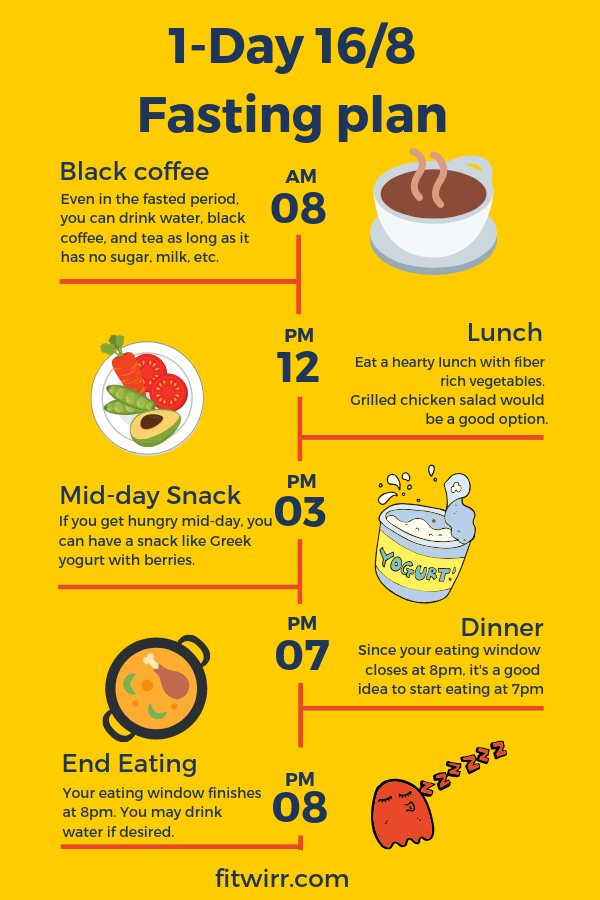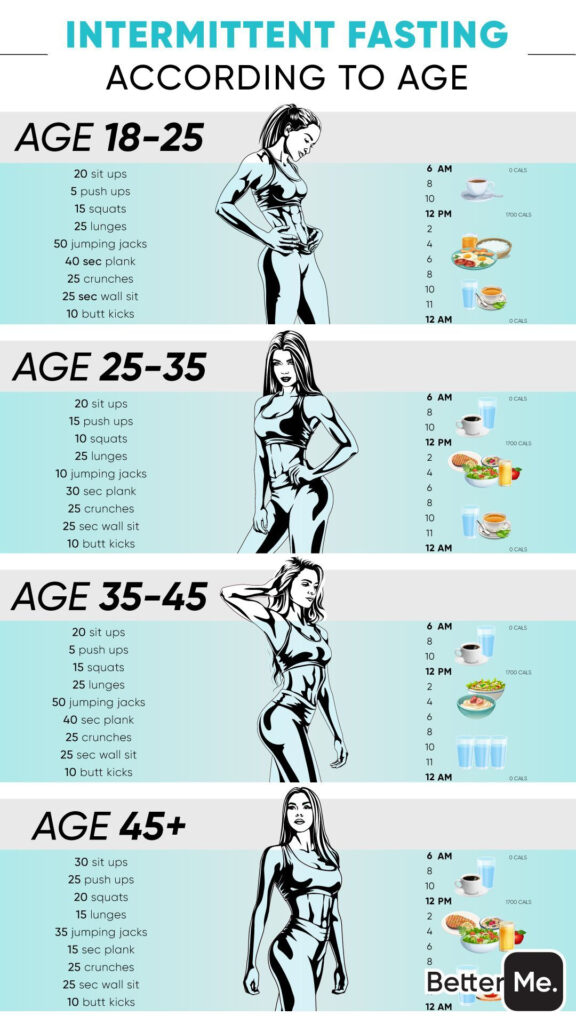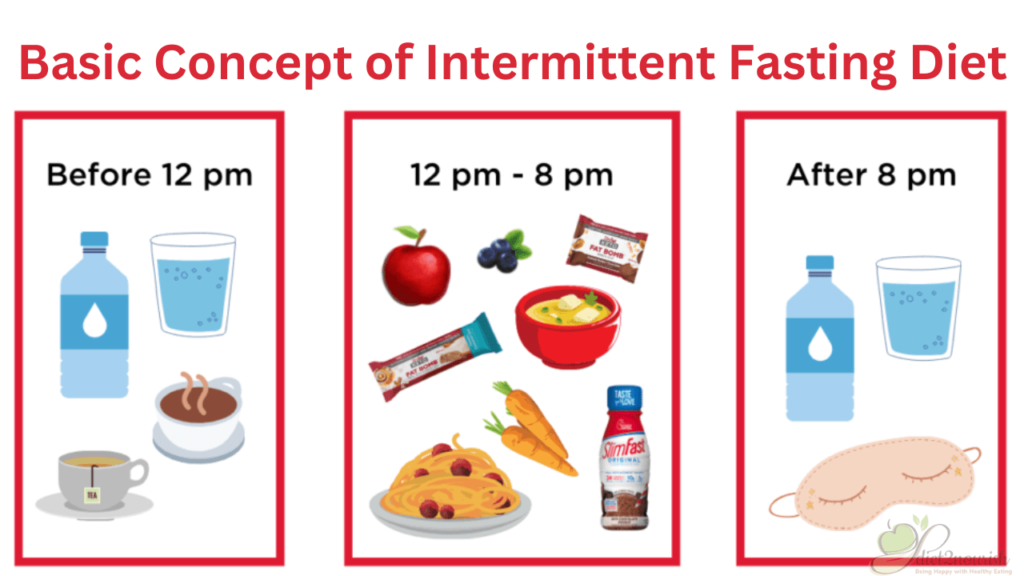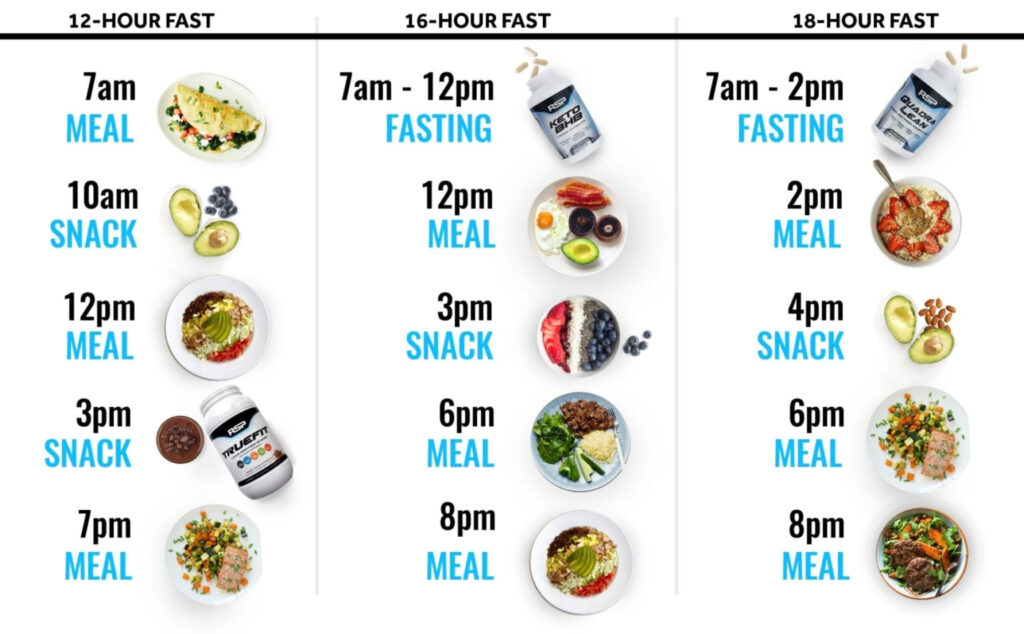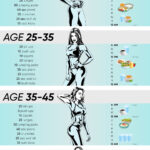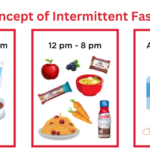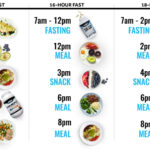Intermittent Fasting Diet Chart By Age has gotten considerable popularity as a nutritional technique for weight loss, improved metabolic health, and potentially enhanced long life. Unlike conventional diets that focus on what to eat, intermittent fasting is everything about when you eat. This overview will check out various approaches of intermittent fasting, its benefits, exactly how to begin, what to eat, and ideas for success.
Types of Intermittent Fasting Diet Chart By Age
The 16/8 Method
The 16/8 method includes fasting for 16 hours each day and consuming all your meals within an 8-hour home window. For example, you may consume in between twelve noon and 8 p.m., then fast up until noon the following day. This technique is preferred as a result of its simpleness and sustainability.
The 5:2 Diet
In the 5:2 diet, you consume usually for 5 days of the week and restrict your calorie intake to 500-600 calories on the other 2 days. This allows for significant calorie decrease without constant restriction.
The Eat-Stop-Eat Method
The Eat-Stop-Eat technique includes fasting for 24 hours one or two times a week. For example, you might fast from dinner someday to supper the next day. This method can be tough but efficient for weight-loss.
Alternate-Day Fasting
As the name recommends, alternate-day fasting involves fasting every other day. On fasting days, some people consume no food whatsoever, while others eat a percentage (around 500 calories).
The Warrior Diet
The Warrior Diet involves eating small amounts of raw fruits and vegetables throughout the day and having one large meal in the evening. This method simulates the eating patterns of ancient warriors and stresses all-natural, unrefined foods.
Spontaneous Meal Skipping
For those that choose a much less structured strategy, spontaneous meal avoiding involves missing dishes when practical. If you’re not hungry or as well hectic to eat, you simply miss a meal and permit your body to fast.
Just How to Start Intermittent Fasting Diet Chart By Age
Choosing the Right Method
Consider your way of life, routine, and goals when selecting Intermittent Fasting Diet Chart By Age technique. Begin with a method that seems convenient and change as required.
Setting Realistic Goals
Set achievable and quantifiable objectives. Whether it’s slimming down, enhancing metabolic health and wellness, or boosting power degrees, clear objectives will certainly assist you stay motivated.
Preparing Your Body
Transition progressively right into intermittent fasting. Beginning with much shorter fasting periods and gradually raise the duration as your body adapts. Listen to your body and change as necessary.
What to Eat During Eating Windows
Balanced Meals
Concentrate on nutrient-dense foods throughout your eating windows. Include a balance of protein, healthy and balanced fats, and fiber-rich carbs. Examples include lean meats, fish, eggs, vegetables, fruits, nuts, seeds, and entire grains.
Foods to Avoid
Limitation processed foods, sweet treats, and drinks. These can create energy spikes and crashes, making it harder to stay with your fasting schedule.
Hydration
Keep moisturized by consuming alcohol lots of water. Various other appropriate drinks include herbal teas and black coffee. Hydration is critical for maintaining power degrees and total health and wellness.
Managing Hunger and Cravings
Remaining Busy
Take part in tasks to distract yourself from cravings. Physical activities, leisure activities, and social communications can keep your mind off food.
Drinking Water
Consuming alcohol water can assist manage appetite. Sometimes, thirst is mistaken for appetite, so staying hydrated can decrease unneeded snacking.
Eating High-Fiber Foods
Consume high-fiber foods throughout your eating home windows to aid you feel complete longer. Foods like vegetables, fruits, legumes, and whole grains are exceptional options.
Conscious Eating
Practice conscious consuming to enhance meal fulfillment. Focus on the tastes, structures, and aromas of your food. This can aid avoid over-eating and boost your total connection with food.
Advantages and Potential Side Effects of Intermittent Fasting Diet Chart By Age
Health and wellness Benefits
Intermittent Fasting Diet Chart By Age supplies several health and wellness advantages, including weight reduction, improved insulin level of sensitivity, and improved mind feature. It can additionally advertise cellular fixing procedures and minimize inflammation.
Possible Side Effects
While intermittent fasting can be helpful, it may create initial cravings, irritability, and feasible nutrient deficiencies. To alleviate these side effects, guarantee your diet is well balanced and listen to your body’s demands.
Tips for Intermittent Fasting Diet Chart By Age Success
Consistency
Uniformity is essential to the success of intermittent fasting. Stick to your chosen plan and make it a part of your daily routine.
Tracking Progress
Use journals or applications to check your progress. Tracking your fasting times, meals, and physical modifications can assist you remain inspired and make necessary adjustments.
Support System
Engage with communities or locate a fasting friend. Sharing experiences and ideas with others can give encouragement and responsibility.
Usual Myths and Misconceptions
Starvation Mode
Intermittent Fasting Diet Chart By Age is usually perplexed with hunger. Unlike malnourishment, intermittent fasting is regulated and intended, with the objective of enhancing health and body structure.
Muscular tissue Loss
Concerns regarding muscular tissue loss are common, however with correct nourishment and stamina training, intermittent fasting can aid preserve muscular tissue mass while promoting weight loss.
Avoiding Breakfast
The myth that breakfast is one of the most crucial meal of the day is exposed by intermittent fasting. It’s even more about when you consume rather than sticking to traditional meal times.
Who Should Avoid Intermittent Fasting Diet Chart By Age?
Medical Conditions
Individuals with certain clinical problems, such as diabetes or eating problems, need to seek advice from a health care specialist prior to beginning intermittent fasting.
Expecting and Breastfeeding Women
Fasting might not be suitable for pregnant or breastfeeding females, as they call for constant nutrition for their wellness and the wellness of their child.
People with High Physical Activity Levels
Professional athletes or those with high physical activity levels need to thoroughly consider their power demands and may require a changed fasting technique.
Final thought
Intermittent fasting uses a versatile and reliable method to improving health and accomplishing weight-loss objectives. By selecting the right method, focusing on well balanced meals, and staying consistent, you can efficiently integrate intermittent fasting into your way of life. Remember to listen to your body and readjust your plan as required.
Latest Meal Plan for Intermittent Fasting Diet Chart By Age
Extra Resources
Publications and Articles
- “The Complete Guide to Fasting” by Dr. Jason Fung
- “Fast. Feast. Repeat.” by Gin Stephens
Apps and Tools
- Absolutely no (fasting tracker app)
- MyFitnessPal (meal and calorie monitoring application)
Community Support
- Online discussion forums and social networks groups, such as Reddit’s r/intermittentfasting and Facebook teams committed to fasting.
